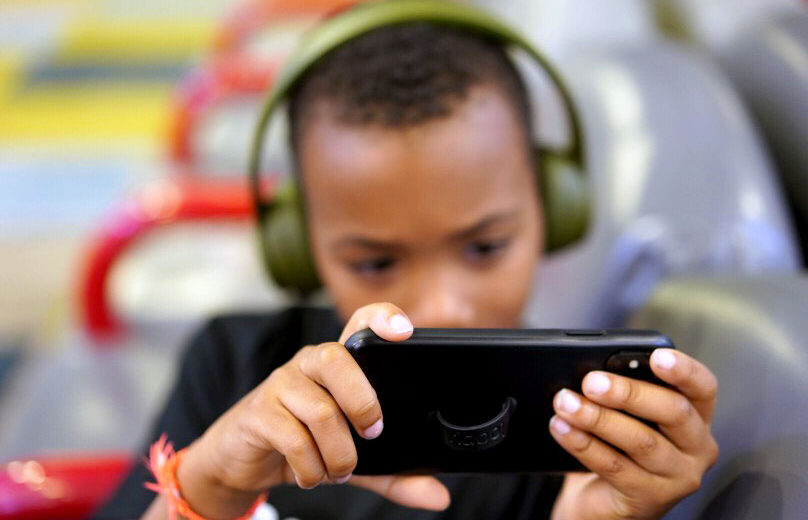We live in a digital age, and today’s children are exposed to technology every which way. The use of tablets and phones has become an electronic babysitter for some parents when downtime is needed. Utilizing an electronic device to watch a show, listen to music, or play a game has its upsides, but when headphones are used in conjunction, precautions are needed. When it comes to choosing the best pair of headphones for kids, you need to purchase a pair that is designed specifically with little ears in mind. Due to the sensitive nature of this vital organ, you need to take extra care to avoid the development of noise-induced hearing loss. Kid’s ears are more sensitive than adults, so knowing how to regulate the amount of sound that your child is exposed to is necessary.
When you are shopping for kid’s headphones, you need to think more about the color or design of the headphones. Knowing how to pick out the best pair of headphones for kids is essential information for any parent or guardian to learn.





